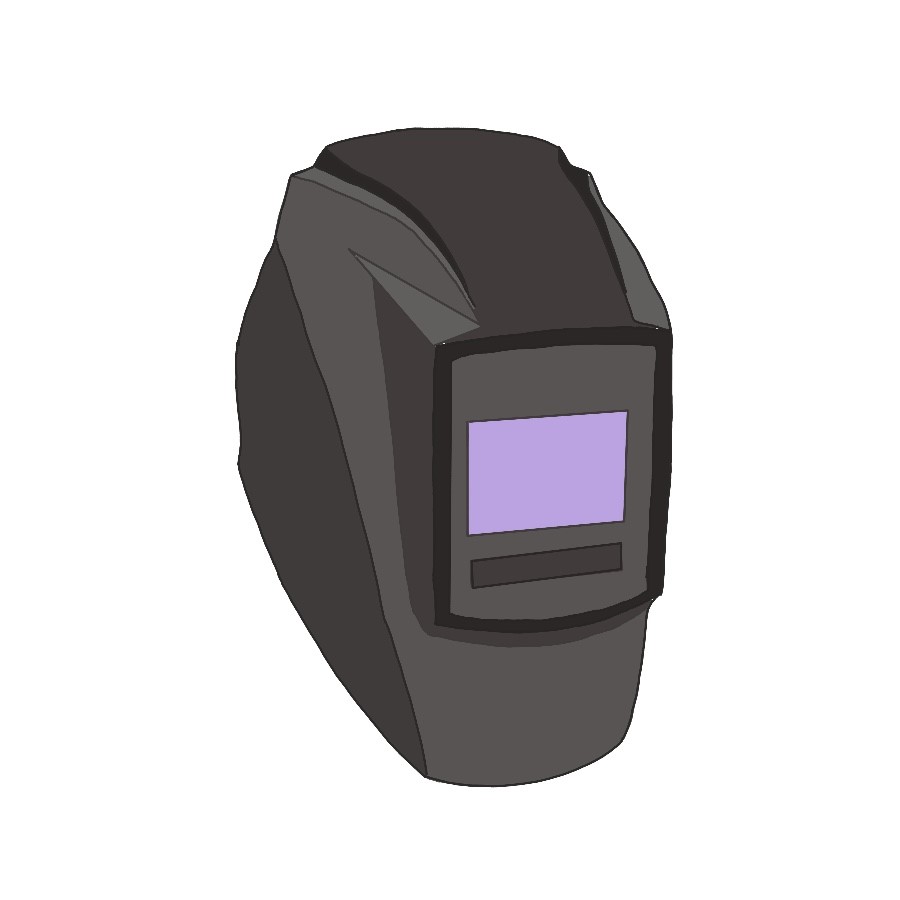FHSA: Cautionary Labeling
The FHSA requires precautionary labeling on the immediate container of hazardous household products to help consumers safely store and use those products and to give them information about immediate first aid steps to take if an accident happens. The FHSA also allows the CPSC to ban certain products that are so dangerous, or the nature of the hazard is such, that the cautionary labeling required by the FHSA is not adequate to protect consumers.
The statutory text of the FHSA is found at 15 U.S.C. §§ 1261 to 1278a. Rules that tell you the specific requirements, how to determine whether a product requires labeling, what labeling is required for specific products, and what products are banned are codified at 16 C.F.R. Subchapter C (parts 1500 to 1513). Because the Commission may add new rules from time to time, we recommend that you periodically check www.eCFR.gov for new or revised rules as well as subscribing CPSC’s Federal Register notices. You can also subscribe to various CPSC newsletters at www.cpsc.gov/newsroom/subscribe.
For more information on the cautionary labeling of hazardous substances, visit our FHSA business guidance page.
To require labeling, a product must first be toxic, corrosive, flammable or combustible, an irritant, or a strong sensitizer, or it must generate pressure through decomposition, heat, or other means. The product must also have the potential to cause substantial personal injury or substantial illness during or as a result of any customary or reasonably foreseeable handling or use, including reasonably foreseeable ingestion by children.
Each of the hazards above has a specific definition in the FHSA. Where it is appropriate, regulations issued under the FHSA specify the tests to evaluate a product for a specific hazard. In evaluating a product, you should consider the finished product that consumers will use, rather than its individual ingredients. The definitions and citations to the appropriate tests are found at 16 C.F.R. § 1500.3.
CPSC is a member of the Interagency Coordinating Committee on the Validation of Alternative Methods (ICCVAM) which works to facilitate the development, validation, and regulatory acceptance of test methods that replace, reduce, or refine the use of animals. More information on CPSC and ICCVAM can be found on our page on animal testing as well as 16 C.F.R. § 1500.232, including information about tests that may be used in place of the laboratory animal tests defined at 16 C.F.R. § 1500.3.
CPSC issued chronic hazard guidelines (57 FR 46626, and supplemented at 89 FR 30326), also codified at 16 C.F.R. § 1500.135. The guidelines provide guidance on:
- Determining toxicity (e.g., carcinogenicity, neurotoxicity, bioavailability)
- Acceptable daily intake (threshold for uptake into body)
- Assessing exposure
- Risk assessment approaches and acceptable risk
There are no published guidelines for certain other types of hazards, such as mechanical and electrical hazards; however, among the things to consider for a hazard that may result in requiring cautionary labeling are:
- How the contents and form of the product might cause an injury
- The product’s intended handling, use, and storage
- Any accidents that might foreseeably happen during handling, use, or storage that could hurt the purchaser, user, or others, including young children who might get into the package of the product
The label on the immediate package of a hazardous product, and any outer wrapping or container that might cover up the label on the package, must have the following information in English:
- Signal word (POISON, DANGER, WARNING, CAUTION)
- Statement(s) of the principal hazard(s) (e.g., FLAMMABLE, VAPOR HARMFUL, CAUSES BURNS)
- Common/usual or chemical name of the substance(s) responsible for the hazard(s)
- Precautionary measures describing the action to be followed or avoided
- First-aid treatment instructions, when necessary or appropriate
- Handling and storage instructions for packages which require special care
- “Keep out of reach of children” or its practical equivalent, or adequate directions for protection of children for hazardous substances intended for children
- Name and place of business of the manufacturer, packer, distributor, or seller
The principal display panel must bear at least the signal word, statement(s) of principal hazard(s) and instructions to read any cautionary material that is placed elsewhere.
If a hazardous product does not have an immediate package, a hang tag that contains the required precautionary information is acceptable. That information must also be printed in any literature that accompanies the product and that contains instructions for use.
Yes. The FHSA requires that all of the safety information about hazardous products must be located prominently on the label and must be in conspicuous and legible type in contrast by typography, layout, or color with the other printed information on the label per 16 C.F.R. § 1500.121. The regulation also covers a variety of other topics such as type size and style, color contrast, and special rules for tubes, unpackaged hazardous products, and accompanying literature. Please consult the regulation for details.
Other regulations (starting at 16 C.F.R. § 1500.122) cover topics such as deceptive use of disclaimers on a label, condensing information on the label, how to label products with multiple hazards, use of the signal word “POISON” on certain corrosive products, the Commission’s policy that first aid instructions should not recommend inducing vomiting by using a solution of salt water, and labeling for literature that accompanies a hazardous substance.
No.
However, CPSC staff will provide you with informal comment on a label that you propose to use if you provide:
- The complete label (can be draft)
- Complete quantitative formula (a list of all ingredients with concentrations or proportions in the final formula, not percentage ranges)
- Adequate pharmacological, toxicological, physical, and chemical data used to determine the hazards
- Any additional information used to develop the label (such as complaints of injury, information about how consumers may use the product, and recommendations obtained from poison control centers or physicians about the appropriate first aid treatment to administer if the product is swallowed or otherwise involved in an incident)
Submissions may be made electronically to RegulatoryEnforcement@cpsc.gov.
Yes. The FHSA allows the Commission to ban a hazardous substance if the Commission determines that the product is so hazardous that the cautionary labeling required by the FHSA is not adequate to protect the public. A list of banned hazardous substances classified by CPSC at this time can be found at 16 C.F.R. § 1500.17.
In addition, children’s products that contain hazardous substances are banned hazardous substances per 16 C.F.R. § 1500.3(b)(15)(i)(A). There are exceptions to this banning provision at 16 C.F.R. § 1500.85.
Yes. 16 C.F.R. § 1500.14 has special labeling requirements for ethylene glycol, diethylene glycol, benzene, toluene, xylene, petroleum distillates, turpentine, methyl alcohol, charcoal, fireworks devices, and art materials that present a risk of chronic toxicity.
The Commission has also issued labeling requirements for aerosol products that contain chlorofluorocarbons per 16 C.F.R. part 1401.
16 CFR § 1500.18 lists children’s products that present a mechanical hazard and, as a result, are banned hazardous substances.
Certain substances also require special packaging per the PPPA. A list of substances requiring special packaging is found at 16 C.F.R. § 1700.14(a). For more information on special packaging, visit our PPPA business guidance page.
The Commission's policy is to find alternatives to traditional animal testing that replace animals, reduce the number of animals tested, and decrease the pain and suffering in animals associated with testing household products. As such, the Commission and CPSC staff strongly encourage the use of scientifically validated alternatives to animal testing and the use of existing information, including expert opinion, prior human experience, and prior animal testing results in the determination of hazard. The CPSC has codified its policy on animal testing at 16 C.F.R. § 1500.232. The CPSC is also a member of the Interagency Coordinating Committee on the Validation of Alternative Methods (ICCVAM). More information on CPSC’s policy on animal testing can be found here.
Not always.
Safety data sheets (SDS) rely on the hazards and classifications of the Globally Harmonized System of Classification and Labeling of Chemicals (GHS) managed by the United Nations and adopted by the Occupational Safety and Health Administration (OSHA) under their Hazard Communication Standard. Please also see the OSHA’s Occupational Chemical Database for detailed information on regulated substances under OSHA’s guidelines.
The GHS standards and classifications can differ from the requirements under the FHSA. An example would be the differences in the flammability hazard between the two. GHS classifies a “flammable liquid” as a liquid with a flashpoint less than or equal to 199.4 °F (93 °C). FHSA, which doesn’t differentiate flammability between liquid and solid/gas, has three separate classifications as follows: “extremely flammable” is a substance with a flashpoint less than or equal to 20 °F (-6.7 °C); “flammable” is a substance with a flashpoint between 20 to 100 °F (-6.7 to 37.8 °C), exclusive; and “combustible” is a substance with a flashpoint between 100 to 150 °F (37.8 to 65.6 °C), inclusive. Further, GHS allows for a number of different test methods, whereas FHSA identifies a single test method.
Yes, with some caveats.
The FHSA text must be kept together and separate from the GHS text, and the GHS label must not contradict the FHSA label.




















